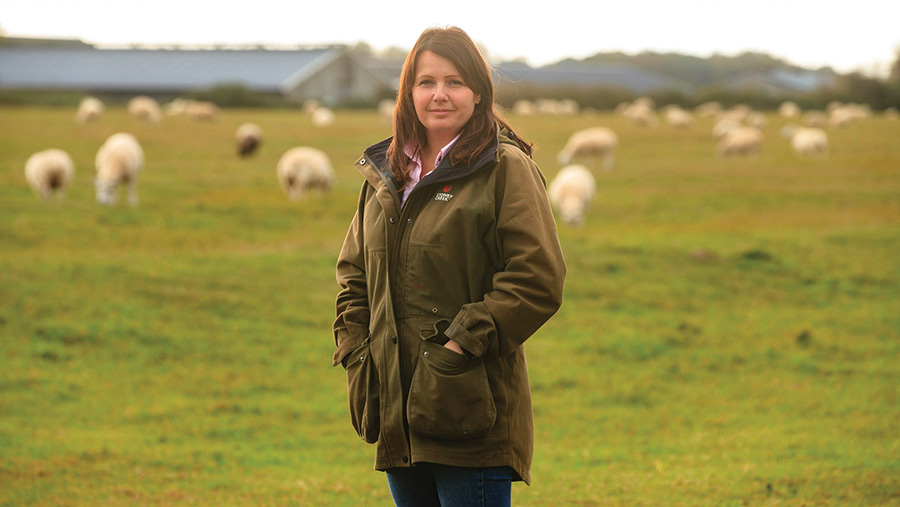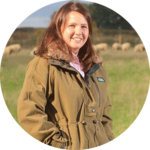Farmer Focus: Flock culls meet healthy demand for mutton
 © Tim Scrivener
© Tim Scrivener What a difference in weather this year. We were grateful when the rain came and the grass continued to grow.
Last year was extremely costly, having to feed haylage and trying to manage what little grass we had, along with establishing winter feed crops in the dust.
See also: Radical change to sheep breeding policy sees replacement rates fall
Now our main concern is arable farmers getting the crops off and straw baled ready for us to drill stubble turnips.
We have decided to try using vetch in the mix to feed the turnip crop nitrogen, instead of using artificial fertiliser.
If it works, it will be better for the environment and cheaper for us – a win-win. We just need a break in the weather so we can get the seed in the ground.
Rotational grazing is working well, and we are having weekly draws of lambs, which all go through the butchery.
Indoor ewes are now all dried up; they are following the lambs’ rotation and putting on a nice amount of condition.
We will need to go through these soon to see how many culls we have. Any with lumps in their bags, losing teeth or poor condition will go.
Also, because we record lambing information and lamb weights, we can also pull out ewes with lambs that have low growth rates, lambing problems and so on.
The outdoor lambing flock is being weaned this week and I think there will be a fair few fit to go in that group.
The weaned lambs will go onto a herbal ley reseed, which has done really well, and the ewes will go onto the poorest field on the farm to dry up.
Ewes already marked as culls will come out straight away as we have a lot of demand for mutton.
These could be ewes that have milk on only one side or rejected lambs, which we always mark up as culls so they don’t get missed.
The outdoor lambs still haven’t needed any wormer, and the indoor ones have had only one dose, but with this wetter weather, we are taking regular faecal egg counts, as I’m sure they will need doing soon.
The butchery is still busy, and we have taken on a couple of new restaurants. I’m hoping to get a few more on board but it all takes time.

